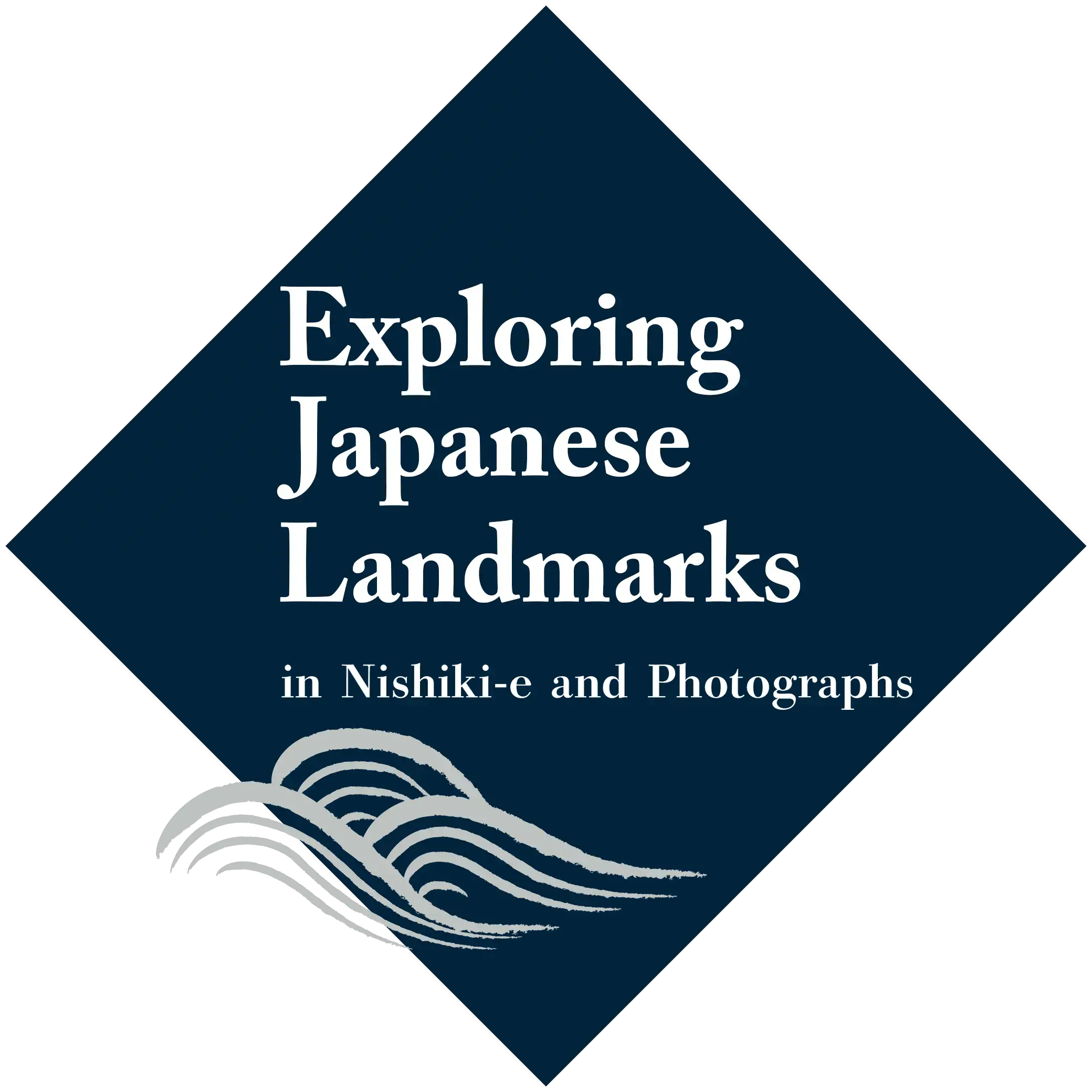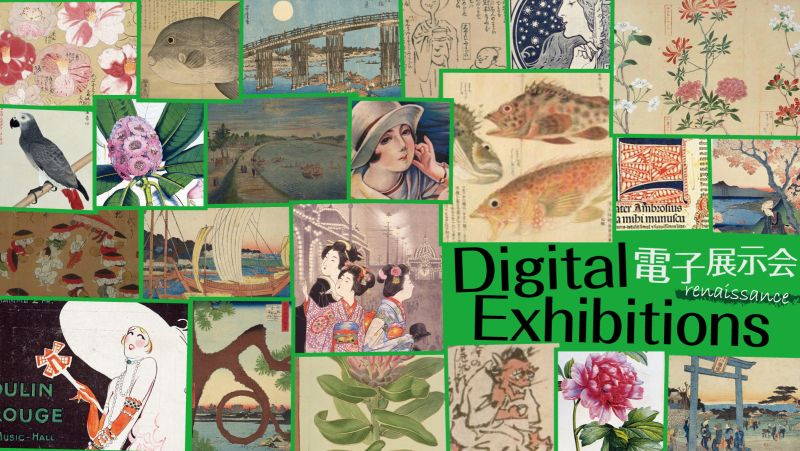
Nippori
From around Kan’ei Era (1748-51), azaleas were planted, and the area came to be a meisho (famous place) nearly as famous as the gardens of temples. The area was also called "Higurashi no Sato" (village of the time between dawn to dusk) because the springtime cherry blossoms and autumn leaves were beautiful, and it was said one would forget the setting of the sun. The range of the area spread from the rear gate of the Yanaka Kanno-ji Temple (present day Tenno-ji Temple) towards Dokan'yama, with temples on the western plateau and an agricultural community spreading out over the lowlands in the eastern part. The area is said to be the site of Ota Dokan's branch castle and the ruins of watch towers and other structures still remain. The grounds of the Suwa-jinja Shrine were called Suwadai, and provided a very good view and were popular as a site of kawarakenage (pottery throwing) where dishes and other items where thrown from a high elevation as an offering to ward off bad fortune.
Nishiki-e and Paintings
〔東都名所〕 〔日暮里〕
名所江戸百景 日暮里寺院の林泉
名所江戸百景 日暮里諏訪の台
日くらしの里
Other Materials
- 日暮里惣図 其一(挿絵) 松濤軒斎藤長秋 著 et.al, "江戸名所図会 7巻 [14]" (須原屋茂兵衛[ほか] 1834)
- 日暮里惣図 其二(挿絵) 松濤軒斎藤長秋 著 et.al, "江戸名所図会 7巻 [14]" (須原屋茂兵衛[ほか] 1834)
- 日暮里惣図 [其三](挿絵) 松濤軒斎藤長秋 著 et.al, "江戸名所図会 7巻 [14]" (須原屋茂兵衛[ほか] 1834)
- 日暮里惣図 其四(挿絵) 松濤軒斎藤長秋 著 et.al, "江戸名所図会 7巻 [14]" (須原屋茂兵衛[ほか] 1834)
- 日暮里(本文) 松濤軒斎藤長秋 著 et.al, "江戸名所図会 7巻 [14]" (須原屋茂兵衛[ほか] 1834)
Landmarks around Nippori
Yanaka Dokanyama Kanei-ji Temple Nezu Sendagi Shinobazu no ike Pond Iriya Ueno Hirokoji / Shitaya / Yamashita Hakusan Otori-jinja Shrine
